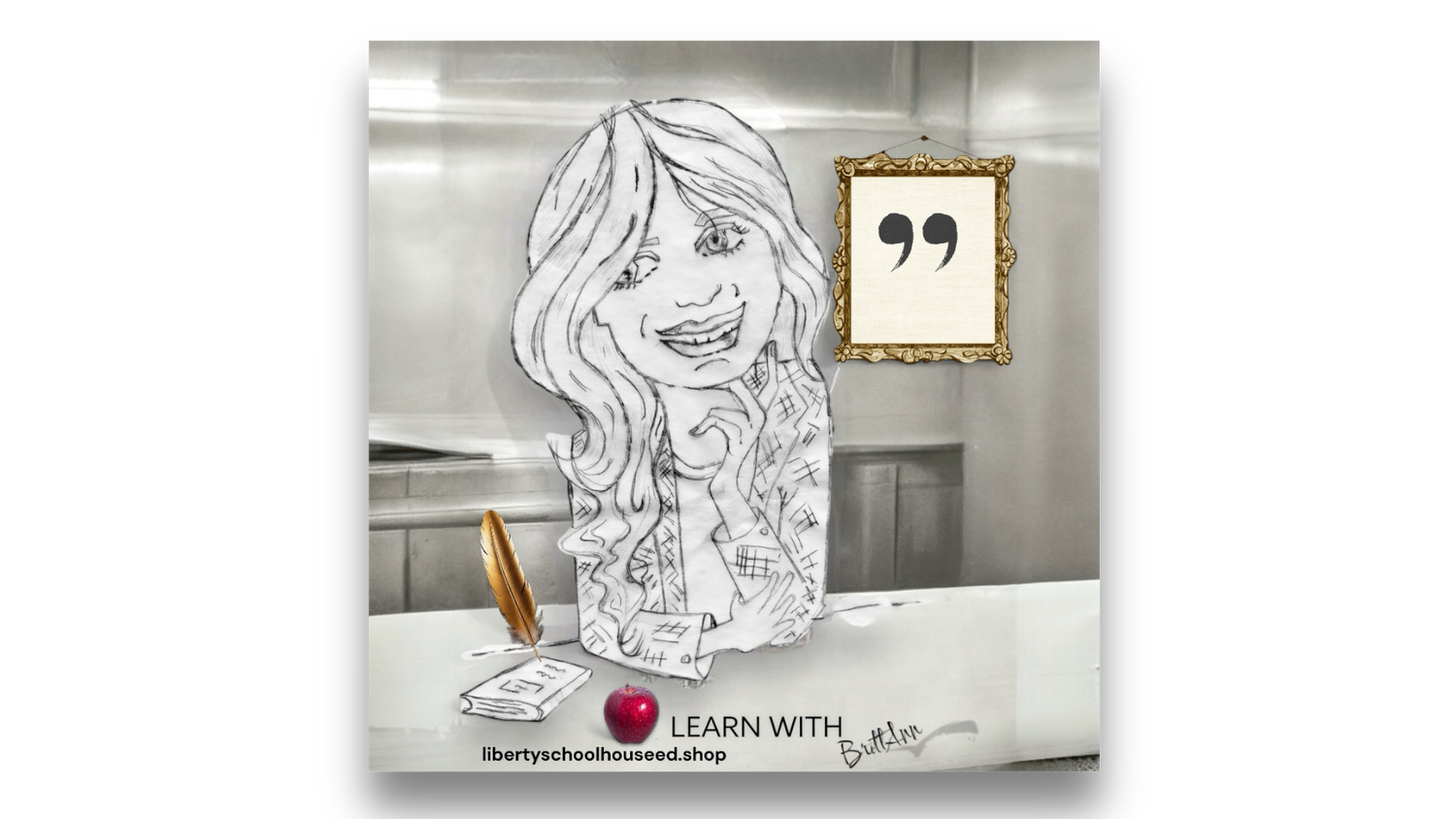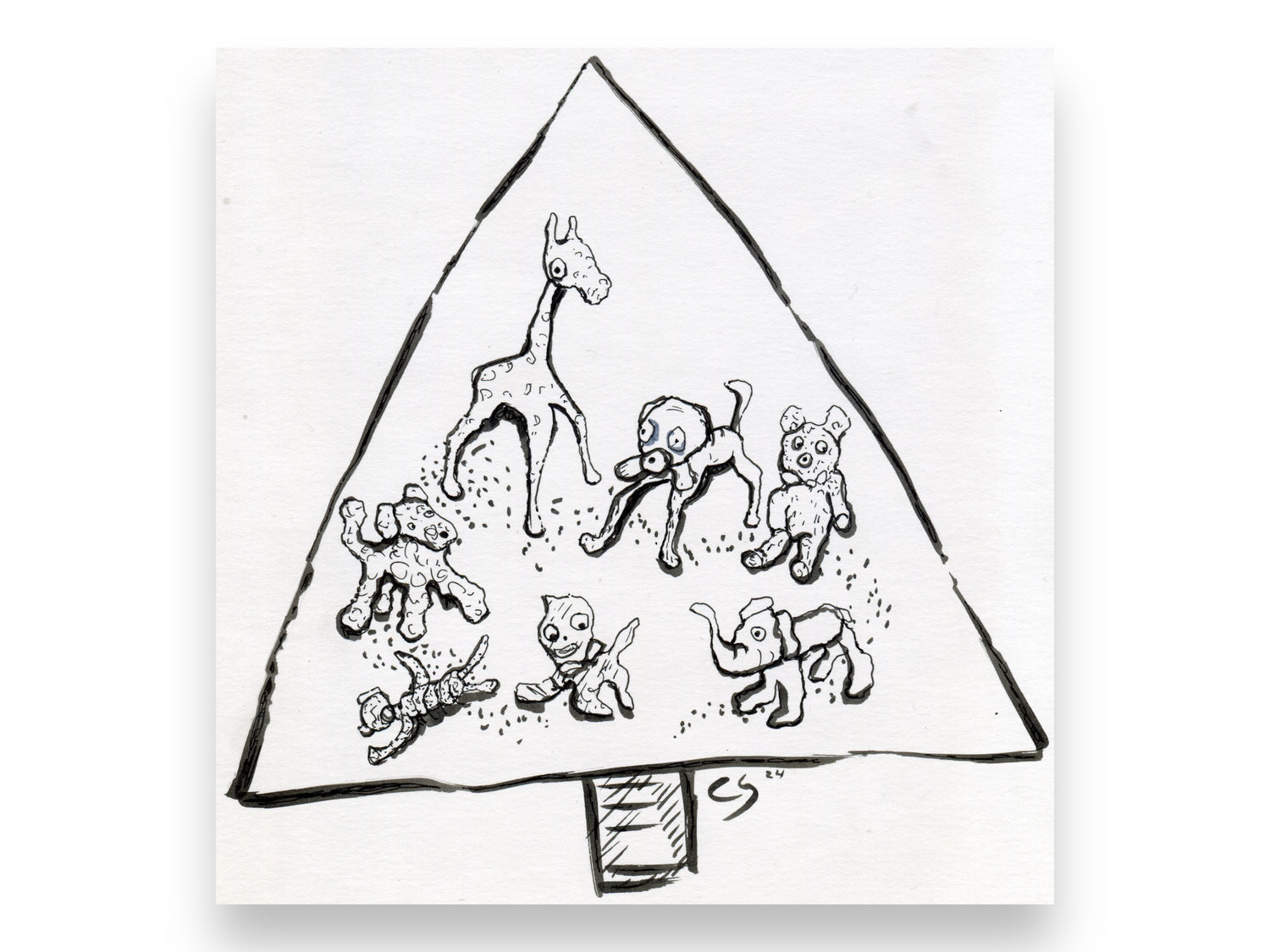
SECRETS UNVEILED: SYMBOLISM IN MOZART’S, THE MAGIC FLUTE
A Holiday Tradition
By Fred Scampato
Symbols have often served the purpose of teaching philosophy and doing so discreetly to prevent discovery by authorities, which could be dangerous. For example, in the 18th century, an intellectual movement called the Enlightenment emphasized reason and the scientific method. The idea behind this movement was that humans, through reason and discipline, had the power to discover and ultimately understand the underlying principles of the universe and apply that knowledge to practical use to better their condition. This was radical thinking for the 18th century, and European governments and religious institutions feared that the ideas of the Enlightenment would undermine the authority of the monarchy and Pope. As mythologist Joseph Campbell mentioned in his book The Power of Myth: "These men did not believe in the Fall [from the Garden of Eden]. They did not think the mind of Man was cut off from God. The mind of Man cleansed of secondary and merely temporal concerns beholds with the radiance of a clear mirror, a reflection of the rational mind of God. Reason puts you in touch with God. Consequently, for these men, there is no special revelation anywhere, and none was needed because the mind of Man, cleared of its fallibilities, is sufficiently capable of the knowledge of God. All people in the world are thus capable because all people in the world are capable of reason.”
Around the same time that the Enlightenment movement was catching on in Europe and the British colonies in America, another movement that promoted reason over religion, custom, laws, and government was catching on: the Freemasonry movement. Like Enlightenment ideas, Freemasonry was under the prosecution of the Catholic Church and its inquisition. Freemasons took a pledge to respect all religions and were against religious persecution. So, it was easy and convenient for men of reason who followed the Enlightenment to circulate their ideas widely through meetings at Masonic lodges.
So, when it came time to share the tenets of their newly found philosophy, the Enlightenment followers sometimes used Freemasonry's symbolism to convey their ideas secretly and without fear of being caught by the church or state. Two examples of masonic symbolism created to share the lessons and philosophical tenants of the Enlightenment are found in the works of Wolfgang Amadeus Mozart and the founding fathers of America.
Like many of the founding fathers of the United States, Mozart was a Freemason in the late 18thcentury. As mentioned above, Freemasonry was considered a radical movement aligned with the free and rational thinkers of the Enlightenment. They had to carefully communicate through the veils of symbolism to avoid the danger of being caught by the aristocracy and established religion.
Mozart’s The Magic Flute is a universally recognized symbolic opera and allegorical tale that uses the symbols of Freemasonry to express truths about the human spirit. The opera's central theme was that harmony in human society could only be reached by the perfect union of man and woman, characterized by equality achieved through pure love, strength of character, and the rituals of Freemasonry.
Like the esoteric philosophy of spiritual alchemy before it and the ancient mystery religion of the classical world before that, Freemasonry held that individual free thinkers could be taught important universal lessons through the method of trials or tests.
The Magic Flute takes place in allegorical kingdoms of the Day and Night. The Kingdom of Night, symbolized by the moon and color silver, is ruled by the Queen of the Night. The Kingdom of the Temple of Wisdom is symbolized by the sun and the color gold. These two kingdoms can only achieve peace through the union of the prince and princess of the opposing kingdoms and the victory of the Sun (Enlightenment) over the moon (the established order).
In the opera, the prince and princess find pure love and endure Masonic trials of self-discipline. These Masonic rituals are introduced into the opera as trials of silence, water, and fire.
The Magic Flute symbolizes a common Masonic theme that music has the power to transcend human fear and hatred. So, the story's moral is that though music's beauty guides the Masonic Order, society is enlightened, and there is balance and harmony in the two kingdoms.
The symbol of the number three, significant in Masonic symbolism, shows up in the opera in the form of the Three Ladies, Three Sprits, three trials, and the three chords first heard in the opera's overture. Written in the key of E flat, the overture has three flats in its key signature.
Most people who attend or listen to Mozart's The Magic Flute rarely realize they have been exposed to masonic symbolism to share Enlightenment ideas. But does that mean that the symbols do not work on them? Perhaps, or perhaps not. As advertising has taught us, product placement and branding can affect people subliminally. Just because a symbol is not overtly explained doesn't mean that it can't still convey its message subtly and softly. Perhaps somewhere, Mozart is looking upon us and smiling down as renditions of his family friendly The Magic Flute performs as a yearly favorite holiday tradition.
Wolfgang Amadeus Mozart (27 January 1756 – 5 December 1791) was a prolific and influential composer of the Classical period. Despite his short life, his rapid pace of composition resulted in more than 800 works of virtually every genre of his time.



